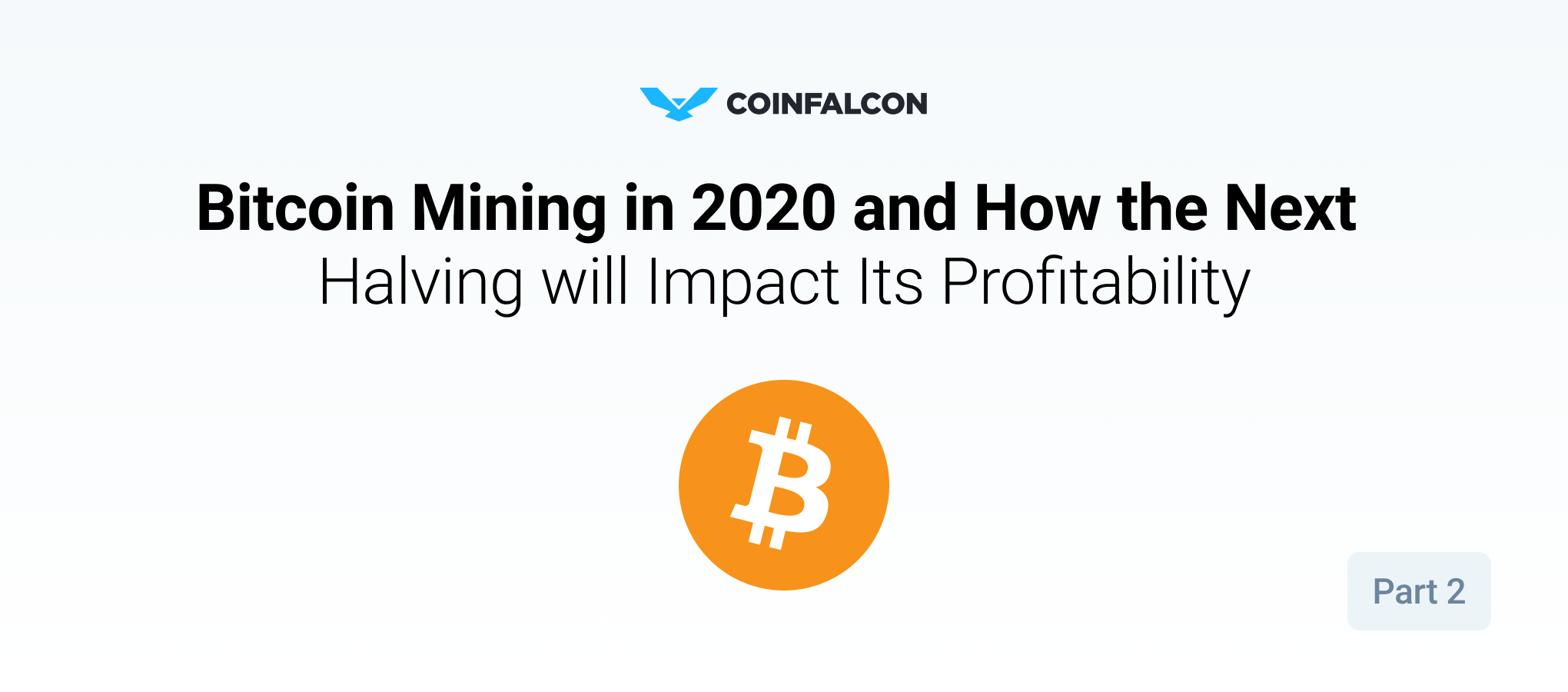In the part one of this series, we looked at bitcoin mining and why the halving is an essential part of the bitcoin network. Now, let’s take a look at the potential impact of the next bitcoin halving in relation to bitcoin price and mining profitability.
Current State of Mining and Halving Updates
On Nov. 8, CCN reported a 7% drop in bitcoin mining difficulty for the first time in 2019 as miners capitulated, probably due to the bearish trend of the cryptocurrency in recent times. This means bitcoin miners are reducing their efforts at mining. There have been various reasons put forward as to why this has happened. For one, it could be because lower end mining rigs are being forced out of the competition. Another could be rising costs in electricity needed to mine bitcoin. However, the most likely reason is due to bitcoin’s unsustainable price levels.
The bitcoin halving is one of the most bullish events in the crypto world, usually causing the price to skyrocket shortly after, For instance, about a month after the first halving in 2012 which slashed block rewards from 50 BTC to 25 BTC, the price of bitcoin shot up by over 7,976%. Crypto enthusiasts expect the third halving, which is slated for May 2020, to have a similar effect on the current bitcoin price. However, this is the first time we’ll be going into the halving in a bearish price action.
These unique setups make for an interesting halving event and mining profitability, but what does it mean for the industry going forward?
It’s All About Supply and Demand
At the moment, it remains to be seen just how these events will impact the price of bitcoin after the halving. But should the economic laws of demand and supply hold true, then we could be looking at another bullish run after the halving. The premise is quite simple -- reduced supply of bitcoin from the halving will (hopefully) lead to increased demand, which should result (hopefully) in a price rise. Scores of people are banking on this expected scarcity and have even speculated based on the stock to flow model
Chart Source: Look Into Bitcoin
The stock to flow (SF) model essentially measures asset scarcity based on annual production and inflation rates. The higher the scarcity, the more valuable the asset is expected to be. For example, Gold holds an SF of 66 while bitcoin holds SF of 25. After the May 2020 halving, Bitcoin’s SF should double, which brings it closer to Gold’s SF at around 50. With fewer bitcoins being generated, the increased scarcity should make them more valuable. How much this will impact the Bitcoin’s price afterwards remains to be seen.
Buy Bitcoin and Other Digital Assets on CoinFalcon
What are your thoughts on next year’s bitcoin halving? Do you think it will be the catalyst to push bitcoin’s price to $55,000 and a market cap of $1trn as being predicted by some bitcoin enthusiasts? In any case, we at CoinFalcon remain committed to our mission of putting bitcoin, ethereum, ripple, litecoin and other future money instruments into your hands.
Buy your favourite crypto assets on CoinFalcon today with your credit card or through transaction-free SEPA transfers. We also feature one of the lowest trading fees in the industry at only 1% for buying or selling crypto.


